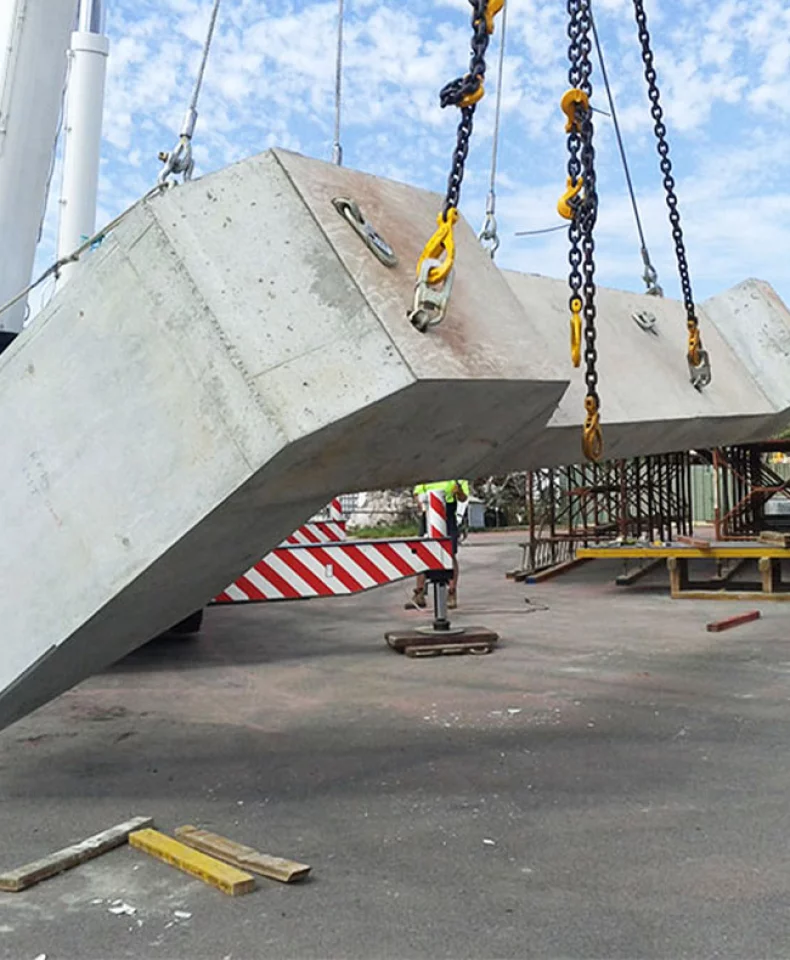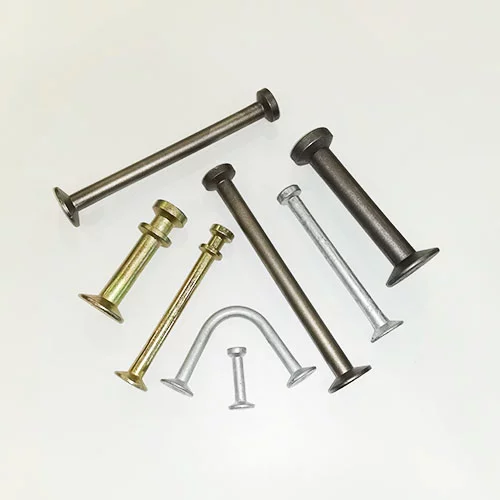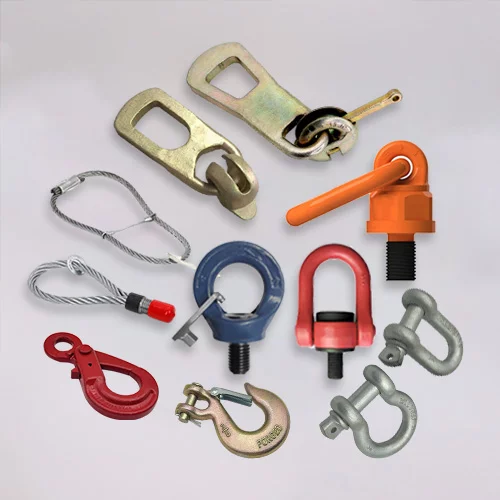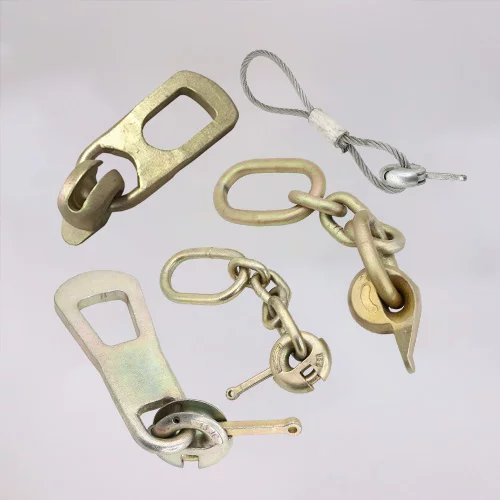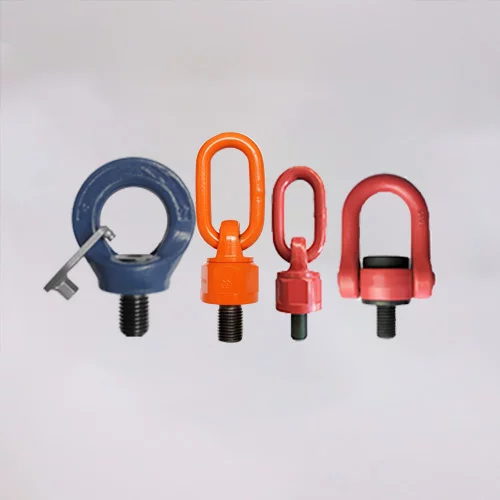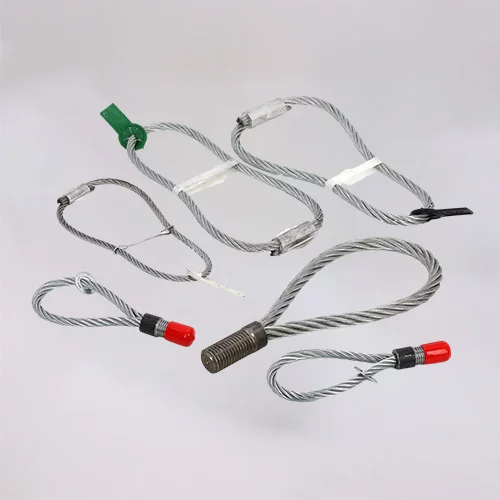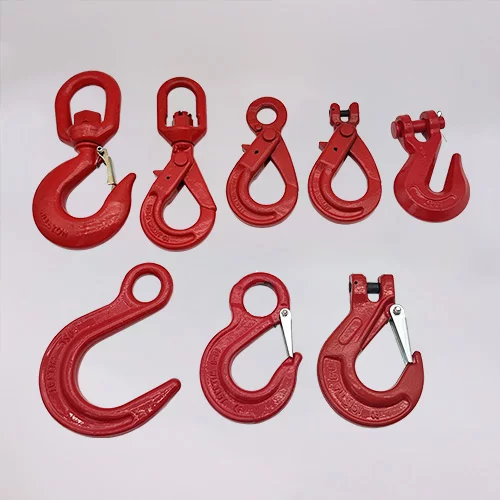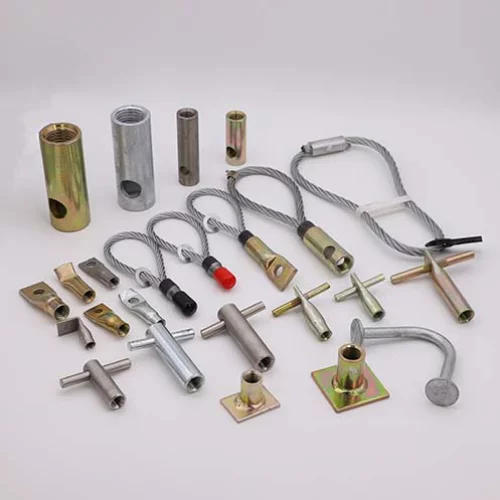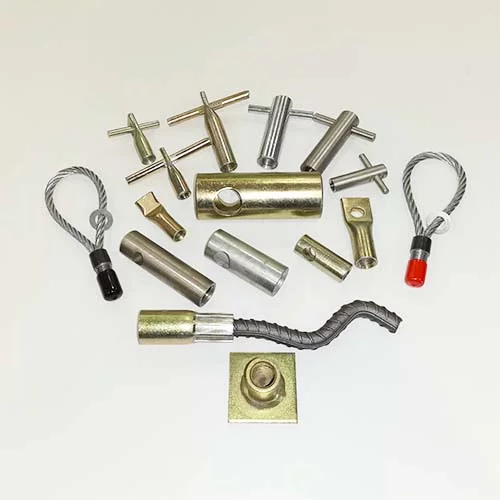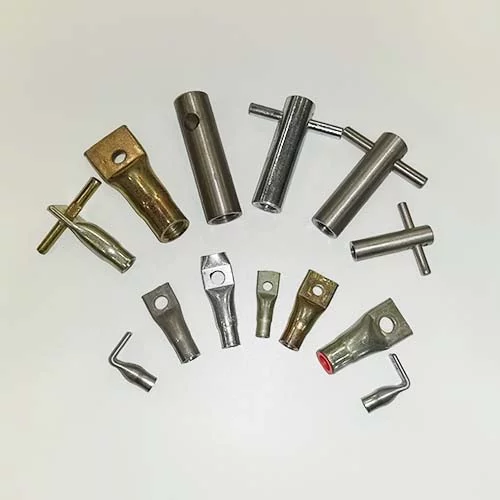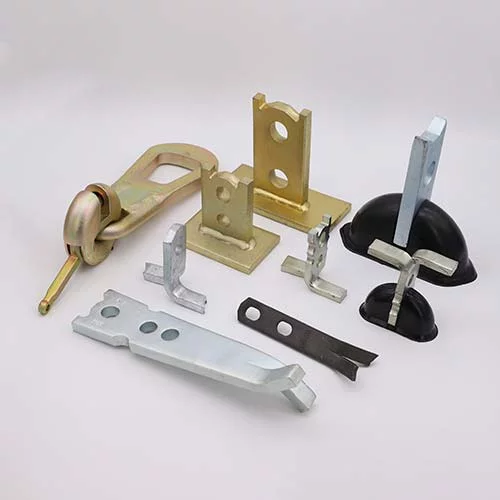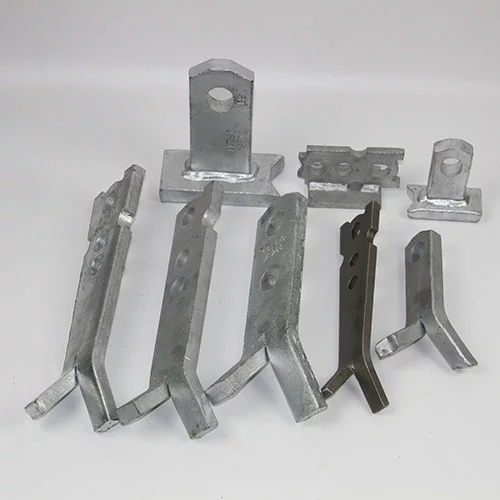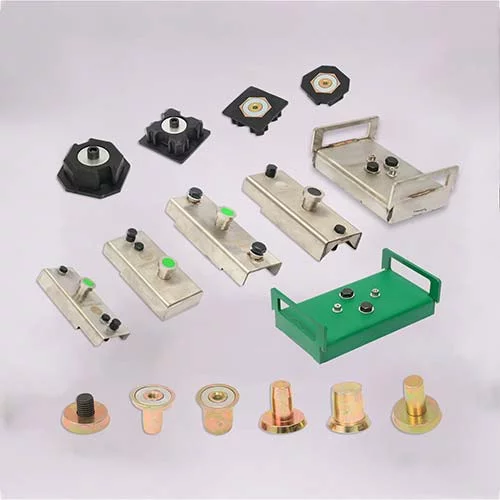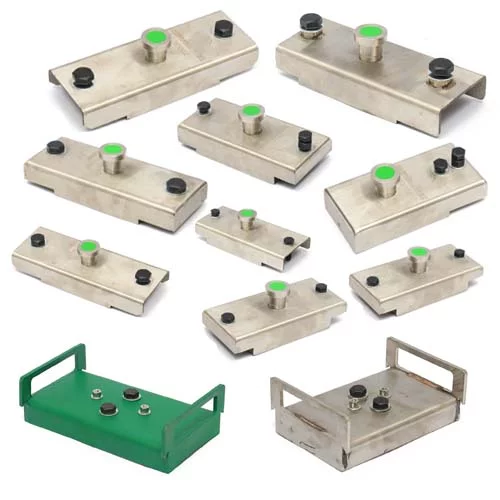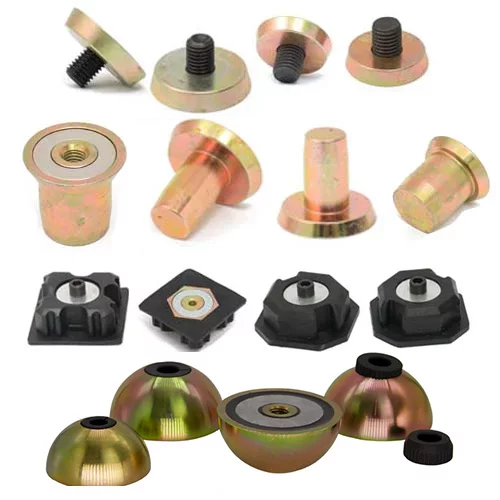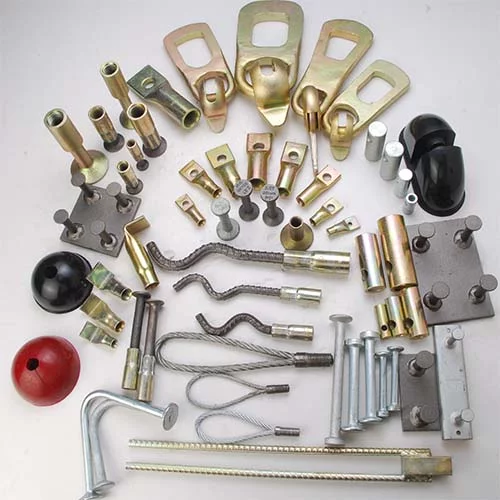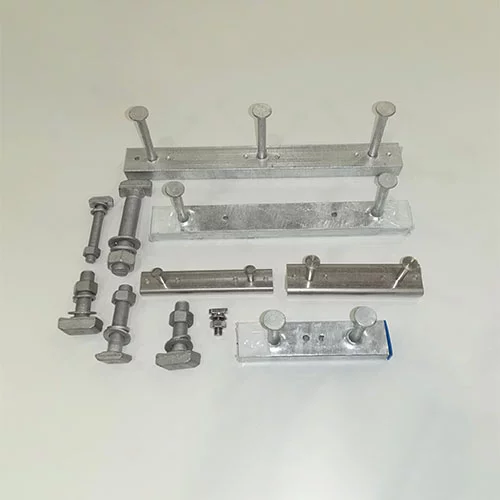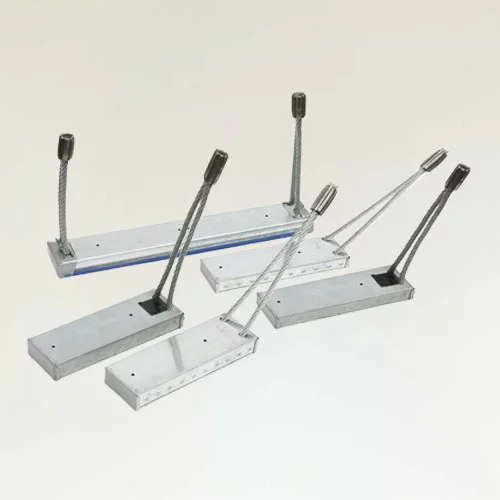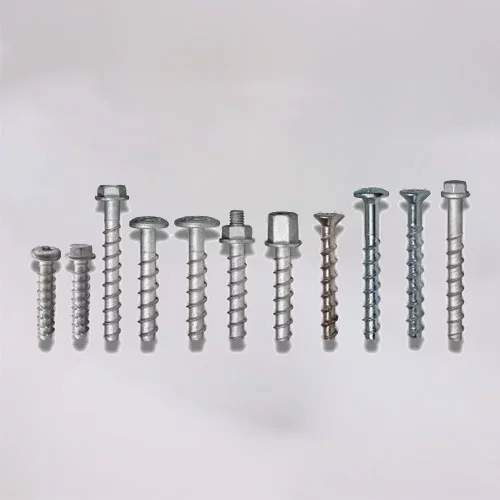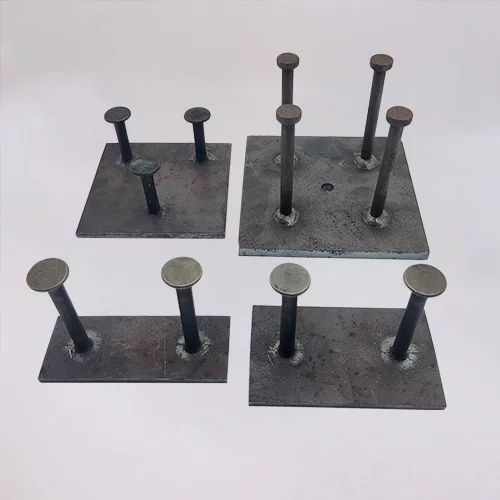How to ensure you buy certified lifting anchors for precast concrete structures

Precast concrete is used in a wide range of applications today – from highways and bridges to buildings and parking lots. It’s durable, efficient and saves time on construction. But before these heavy concrete elements can be installed, they need to be safely lifted and handled. That’s where lifting anchors come in handy. These small but powerful steel components are embedded in the concrete and help lift the concrete safely.
However, not all lifting anchors are the same. Some lifting anchors are safe, reliable and certified, while others may not meet safety standards. Using inferior lifting anchors can lead to dangerous accidents and legal disputes. So how can we ensure you buy certified lifting anchors that meet international standards such as CE and ISO and have a high safety factor (over 3:1). This way, you can avoid problems and keep your team and project safe.
Why are certified lifting anchors important?
Certified lifting anchors are tested and approved to withstand loads exceeding their rated loads and adhere to strict safety regulations.
A certified lifting anchor:
Made from the right steel
Tested for strength and performance
Clearly labeled with safety information
Accompanied by documentation proving compliance with safety regulations
This peace of mind is worth it, especially if there are inspectors, customers, or insurance companies involved.
Understanding certifications: CE and ISO
Let’s break down what the most common certifications actually mean:
CE certification (mostly for Europe)
The CE mark indicates that a product complies with European safety and quality regulations. For lifting anchors, the CE mark indicates that the anchor complies with the EU Machinery Directive, which includes strength, testing, and durability requirements. Any product with the CE mark must be accompanied by a “declaration of conformity”, a document from the manufacturer certifying that the product complies with EU law.
If you import or use lifting anchors in Europe, this certification is not a nice-to-have; it’s a must.
ISO 9001 (a global quality standard)
ISO 9001 doesn’t certify the anchors themselves, but the companies that make them. Companies that are ISO 9001 certified follow consistent processes that ensure quality at every stage of production. For you, this means:
Anchors are manufactured the same way every time
Systems are in place to catch errors
Records are kept for traceability
Buying from an ISO 9001-certified company reduces the likelihood of purchasing a defective or substandard product.
Safety Factor: Why 3:1 is necessary
Here’s a simple way to understand the safety factor:
If an anchor has a safety factor of 3:1 and is rated to hold 1,000 kg, it will only break if it exceeds 3,000 kg. This provides a large safety margin in the event of unexpected loads or small mistakes during lifting.
Why is this important? Because lifting on a construction site is rarely ideal. The angle may be slightly off, cracks may appear in the concrete surface, or the lifting speed may be too fast. All of these can put additional stress on the anchor.
Many countries and companies now require a safety factor of at least 3:1, and sometimes even 4:1 for more critical lifting tasks.
Things to note when choosing a certified lifting anchor
The right material
A strong anchor starts with strong steel. Choose a lifting anchor made of a certified material, such as high-strength carbon steel that meets EN or ASTM standards. Ask for a material certificate, also known as a factory test report, from the factory. This report will tell you what the anchor is made of and how strong it is.
Actual load testing
Reputable manufacturers test their anchors regularly and also test each batch before it is shipped. These tests pull the anchor apart to prove that it is strong enough. Ask for a test report that includes:
When and where the test was conducted
The equipment used
The exact load the anchor took before breaking
Any signs of bending or failure
If the supplier cannot provide this information, it is cause for concern.
Clear marking and traceability
Each anchor should be marked to show:
Manufacturer logo
Load rating (WLL)
CE mark (if applicable)
Batch or serial number
Why are markings important? They help you trace the anchor back to its factory and its test records. If there is a problem, you will know exactly where the anchor came from.
How to check if your supplier is reliable?
Don't just go with the cheapest supplier, you should believe that you get what you pay for. A good lifting anchor supplier should be transparent, helpful, and able to provide documents to support their claims.
Request relevant documents
Before buying, please request:
CE Declaration of Conformity
ISO 9001 certification
Material certificate
Load test report
These documents should match the product you are purchasing, not a generic template.
Visit or video audit the factory
If possible, request a factory tour. If the distance is too far, you can request a live video call. This helps you confirm:
Are they already producing the product?
What is their equipment like?
Do they test every batch?
Is the workspace organized and safe?
A clean, transparent factory is usually a good sign.
Ask for technical help
ISO-certified suppliers often offer engineering support. They can help you with:
Choosing the right anchor size and type
Designing your lifting layout
Doing calculations to make sure everything is safe
Customizing anchors for special jobs
Why is HULK Metal the trusted name in lifting anchors?

At HULK Metal, we have spent years perfecting our lifting anchors. Here’s why our customers trust us:
Certified and documented quality
ISO 9001 certified manufacturing
CE-compliant lifting anchors
Each anchor is tested to a safety factor of 3:1 or more
Full documentation with every order
Strict quality control from start to finish
Raw materials are inspected upon arrival
Our production process includes multiple checks
We load test samples from every batch
All test data is stored and traceable
Engineering support and fast global delivery
Our engineers will help you choose the right anchor
We provide design drawings, lifting solutions, and load calculations
We support special orders and custom designs
We ship worldwide and handle all logistics and documentation
Choose certified anchors for peace of mind
Your lifting system carries a heavy load – no doubt about it. Don’t save money by choosing low-cost, non-certified anchors. Make sure your lifting anchors meet the following requirements:
CE and/or ISO certified
Tested to a minimum 3:1 safety factor
Properly marked for traceability
Provide verifiable documentation
Choosing the right supplier means you get anchors that are safe, reliable, and legal to use. It also avoids future problems such as failed inspections or dangerous lifting incidents.
Let HULK Metal help
We are more than just a manufacturer; we are your lifting partner. Our team is dedicated to helping you find the right anchors, meet deadlines, and keep your project safe.
Let us complete your project with peace of mind.
Article Navigation
PRECAST CONCRETE ACCESSORIES
OTHER RELATED ARTICLE
Other Precast Concrete Accessories You Might Want to Know
You can click to learn more about HULK Metal precast concrete accessories such as lifting anchors, precast sockets, spread anchors, shuttering magnets, cast-in channels, wire loop boxes, and other precast concrete accessories you might want to know.
